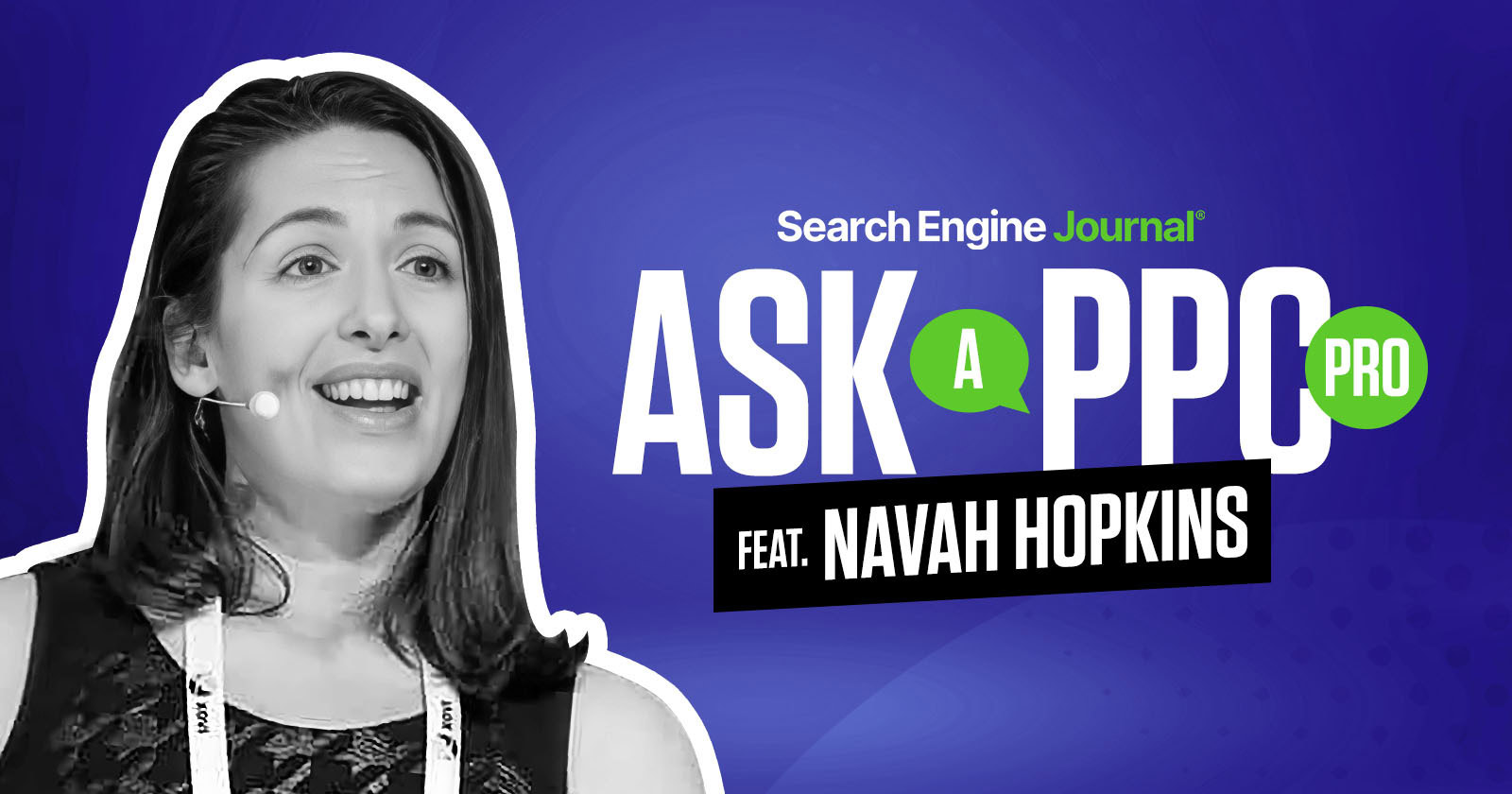Super Bowl ads get another failing grade for director diversity
Only one Black director and four women directors helmed spots this year. Observers say the narrative that it’s risky to trust diverse talent needs to change.

The NFL aired a 30-second spot during this year’s Super Bowl that was notable for its touching statements from players about raising the visibility of disadvantaged communities.
But the ad, titled “We See You,” was unique for a more troubling reason: It was the only Super Bowl commercial this year that was made by a Black director. Indeed, elsewhere on the game, the vast majority of advertisers had a very different message for directors of color, as well as women directors: We don’t see you.
Super Bowl LVII, like every Super Bowl before it, suffered a marked lack of diversity in its director ranks. According to an Ad Age analysis, among the 60 national in-game spots this year, only 11—or 18% of the total—were directed by people of color or by women. The rest, 82%, were directed by white men.
The directors of color were Rodney Lucas (African American, NFL), Kitao Sakurai (Japanese American, Busch Light and DoorDash), Goh Iromoto (Japanese Canadian, The Farmer’s Dog), Tarsem Singh (Indian American, CrowdStrike) and Max Gutierrez (Hispanic American, DraftKings). The directors that identified as female were Rachel Morrison (who made two Michelob Ultra spots), Alex Prager (Booking.com), Aoife McArdle (Squarespace) and Fiona McGee (TurboTax).
This data is based on in-game commercials that ran nationally. The figures may not be exact, as Ad Age could not confirm with all directors on how they identified.
In the days following the Super Bowl, representatives and advocates for diverse directors were left wondering yet again whether the calculus will ever change for who gets opportunities during the game. And they resumed the difficult work of changing the narrative that directors who’ve never made a Super Bowl ad, particularly those from underrepresented groups, are a riskier bet for such a high-stakes play.
Talent versus opportunity
The common rationale for excluding diverse talent from high-profile jobs like Super Bowl is a self-perpetuating one—the age-old idea that you’re not qualified to do a Super Bowl commercial unless you’ve already done one. By definition, this excludes newcomers almost by default, and leaves gifted diverse directors with an uphill battle to prove they deserve a shot.
“People see working with Black talent as a riskier thing, but it’s because Black talent has not been given the same opportunities as white talent. There’s a difference between lack of talent and lack of opportunity,” said Sophie Gold, founder and president of Eleanor. “The industry needs to stop seeing Black directors as up-and-coming or risky. And industry publications need to start putting Black directors on pedestals.”
“When you say ‘underrepresented,’ people automatically go ‘inexperienced and under budget.’ And with Super Bowl, there is so much money on the line—you’re not going to fuck with the money,” said Pamala Buzick Kim, executive director of Free the Work, the nonprofit talent discovery platform for underrepresented creators. “The stereotypes around talent and risk are so tied together, it’s painful. This is really about getting brands and agencies to start defining what risk means for them—and turn that into opportunity.”
For Little Minx, the production company that represents Rodney Lucas (who directed the NFL cause spot), this year felt like a repeat of last year, when it repped child., one of very few diverse directors to make a spot for the game (the Hologic ad).
“Honestly, it made me a little nauseous,” Little Minx founder Rhea Scott said after seeing no progress yet again. “This time last year, we felt like we had a year to establish trust and establish relationships. But nothing happened. So now we’re back to figuring out how it's going to improve.”
Bidding versus awarding jobs
Many in the production community said they’ve had diverse directors get bid on Super Bowl projects, only to lose out to someone with a Super Bowl track record. It begins to feel like the clients and agencies are checking boxes—to be able to say they bid a minority director, even when they go with someone else.
General Motors, for example, in response to Ad Age's Super Bowl survey asking all brands with national, in-game ads, about how they are prioritizing diversity, equity and inclusion, said: “The project was triple bid and included a BIPOC director. David Shane was selected because of his creative point of view for this campaign.”
Similarly, FanDuel noted that the bidding pool for its first Super Bowl commercial was “very diverse,” but ultimately it chose Mike Warzin. And Avocados From Mexico said it “received bids from multiple directors to lock in the best talent for our Big Game ad. Our director this year is Bryan Buckley, dubbed the ‘king’ of the Big Game as he’s directed numerous spots on advertising’s biggest stage for some of the world’s biggest brands.”
“If that’s the case, why bid directors without Super Bowl experience at all?” said Kerstin Emhoff, co-founder and CEO of Prettybird. “We can spend $25,000 to bid a big job. Multiply that by the rush of Super Bowl spots coming in at the end of the year, and it adds up. We have seen directors break through, but I can’t tell you how many of our top directors have lost multiple spots because they lack that ‘proven track record.’”
“They’ll say, ‘Yeah, but we did bid a Black person,’” said Helen Hollien, executive producer at Little Minx. “They get to hide in that space.”
Ali Brown, Prettybird’s president and executive producer, said the idea of risk is overblown—that established production companies mitigate it, even if it is a first-time director.
“They are negating the experience of the companies and crews around the directors. There is little to no ‘risk’ involved,” she said. “Time and again we’re seeing stories told through the same lens—seeing agencies touting female empowerment when the spot is still told distinctively through a male lens, or creating spots featuring diverse talent on screen, but none behind the camera. The stories are inauthentic, yet the clients and agencies are celebrating them as moving the needle forward.”
Inclusion must ‘start at the top’
Max Gutierrez, a first-generation Hispanic American—his father is Salvadoran—directed the DraftKings ad in this year’s Super Bowl. That spot was made in-house, not by an outside agency, and was produced by Hartbeat, Kevin Hart’s production company. (Gutierrez has directed earlier DraftKings work through production company Sweet Rickey.)
“I believe I'm a pretty f—ing good director, but I'd be lying if I told you I wasn’t lucky for having the opportunity to work with DraftKings and Kevin Hart on such a high-profile project,” Gutierrez told Ad Age. “They took a risk on me, and I think it paid off in the end for all of us.”
Gutierrez said inclusion is baked into Hartbeat as a company, a vision that DraftKings embraced and empowered.
“We had women, people of color and members of the LGBTQ+ community all collaborating and working in unison towards the same goal,” he said. “And isn’t that the point to all of this? That we all respect one another, learn to work together and become better people for having gone through it?”
Gutierrez added that inclusion isn’t just a nice-to-have, either.
“Haven't you ever had the feeling that you've seen an ad before?” he said. “A homogenized industry gets pretty dull. We need new voices and perspectives because the old narrative has in many cases played itself out.”
He added that directors and the production community can only do so much—that marketers and their agencies need to be driving real change, not just virtue signaling.
“I just fear that a lot of people think they're doing their part by ‘checking the diversity box,’” Gutierrez said. “Don’t get me wrong, inclusion and diversity is essential to life and what we do as filmmakers, but it goes way beyond casting and hiring crews—and that includes the director. The storytelling and script starts at the agency, and it’s ultimately approved by the client. If we want a more diverse perspective, it needs to start at the top.”
A waning commitment?
There are also concerns that the ad industry’s commitment to diverse directors—and diversity in general—may be waning, almost three years after George Floyd’s killing prompted a reckoning around race in American culture and in advertising.
“When you think about all of the conversation, focus, importance and impact on the lack of diversity we have been hyperfocused on the last two to three years, to have not made any progress on representation on Black directors is shameful,” said Jerri DeVard, founder of the Black Executive CMO Alliance. “It is time for CMOs and marketing leaders to really request that they open up the lens of consideration for the people who are responsible for doing this work.”
The sense of lagging commitment extends beyond Super Bowl. For example, many Black creators—and their reps—said they were contacted about fewer brand partnerships for Black History Month this year than in the past two years.
“No brands called us. It seemed like they were just not interested this year. That doesn’t help, either,” said Little Minx’s Scott.
“It took something as big as George Floyd to make everybody wake up for two minutes,” added Hollien. “But I have to tell you, as a Black person—along with all my Black friends in the business—we knew it would go back to the status quo. We’re not surprised. We expected it.”
The problem, many say, is that there was a lot of talk after Floyd’s death, but not enough concrete action to change the way the business actually runs deep down.
“There was a feeling that grasped the industry—what can we do? A sense of hopelessness drove a real desire for action,” said Prettybird’s Brown. “But because there wasn’t real investment put into it, there was never the kind of lasting change that was needed. It became about performative actions versus the financial and creative investment needed to have continued momentum and impact.”
How to change the equation
Reigniting the commitment—and spurring real investment—remains the challenge that lies ahead.
In terms of director diversity specifically, a few strategies could pay off down the line—getting diverse directors into smaller projects with big brands first, so they build those relationships; working with industry publications to highlight diverse directors who are ready for major jobs; and coming up with a better way to track the data around who is actually being hired for directing work, not just who was bid for it.
“The lack of representation in the Super Bowl directing pool shows we’ve all let our commitments slip—it should be a wake-up call for all of us to recommit to pushing for change,” said Nicole Haase, director of production at 72andSunny L.A. (which hired Lucas, a Black director, for one of its two NFL Super Bowl ads—and Buckley, a white director with a long Super Bowl résumé, for the other).
In terms of action, Haase said, “it’s on us—both agencies and our clients—to be more bold in selecting directors with immense talent, but who simply have not been given the same opportunities on similarly large stages. The only way to continue to drive change is to get buy-in from your entire organization and then put process in place, so everyone knows how to action it. We've operationalized our DEI production approach and that has helped to bring more representation into the work. Tracking the data is part of holding yourself accountable, too. At 72andSunny, we've made progress but we are still very far from where we want to be.”
“Unless we can really get some transparency and accountability with data, I think we’re going to be having the same conversation,” said Buzick Kim. (Free The Work does have a tracking platform called Invoke that brands can use to privately and anonymously capture the diversity makeup of a production). “Anecdotal [evidence] on its own is not enough. Data on its own is not enough. We have to tie anecdotal with data. I think a lot of brands are very willing to be transparent. They just don’t know how to do it legally.”
“We need a renewed commitment from everyone—a real one,” said Brown. “We need to stop making February the only month we celebrate Black talent. We need to stop making Black, female and POC talent part of showcases. We need to make them a part of the daily conversation. They aren’t just emerging. They are here.”
Gold said even just incremental improvement—six or seven spots from Black directors on the game—would be a good place to start. “Not only would it change the creativity as a whole, because they come with a different experience, but also it would change the value [of diverse talent] in the industry,” she said.
Prettybird’s Emhoff agreed progress will come slowly—but it has to come.
“This will take a lot of small wins to make a mountain of change,” she said. “Part of that is every company being accountable for what they are actually doing, not just putting out PR statements. It’s also important to invest in the next generation of talent so they can be part of that change. We can’t find people that aren’t there because they’ve had no access.”

 Aliver
Aliver 































